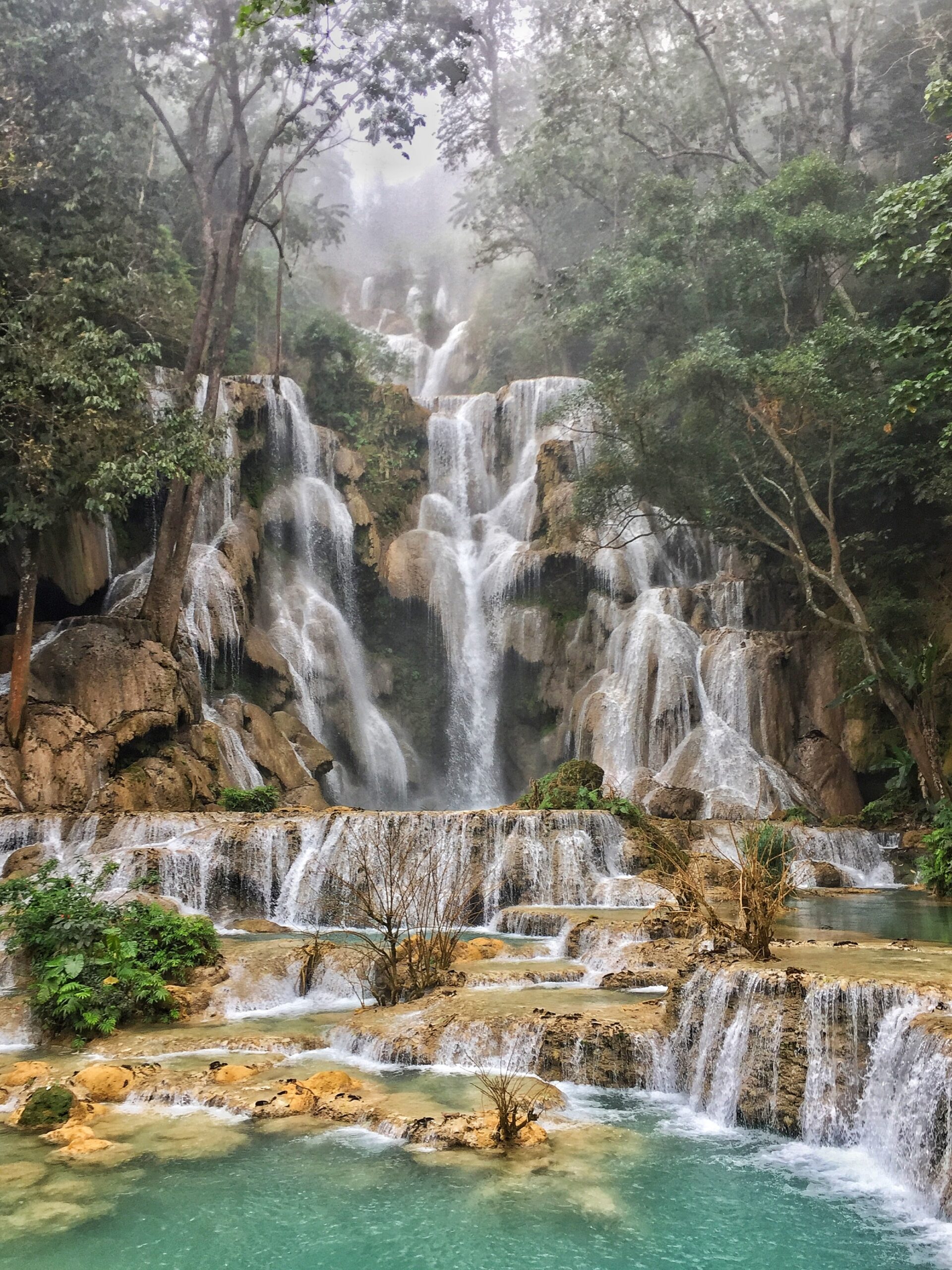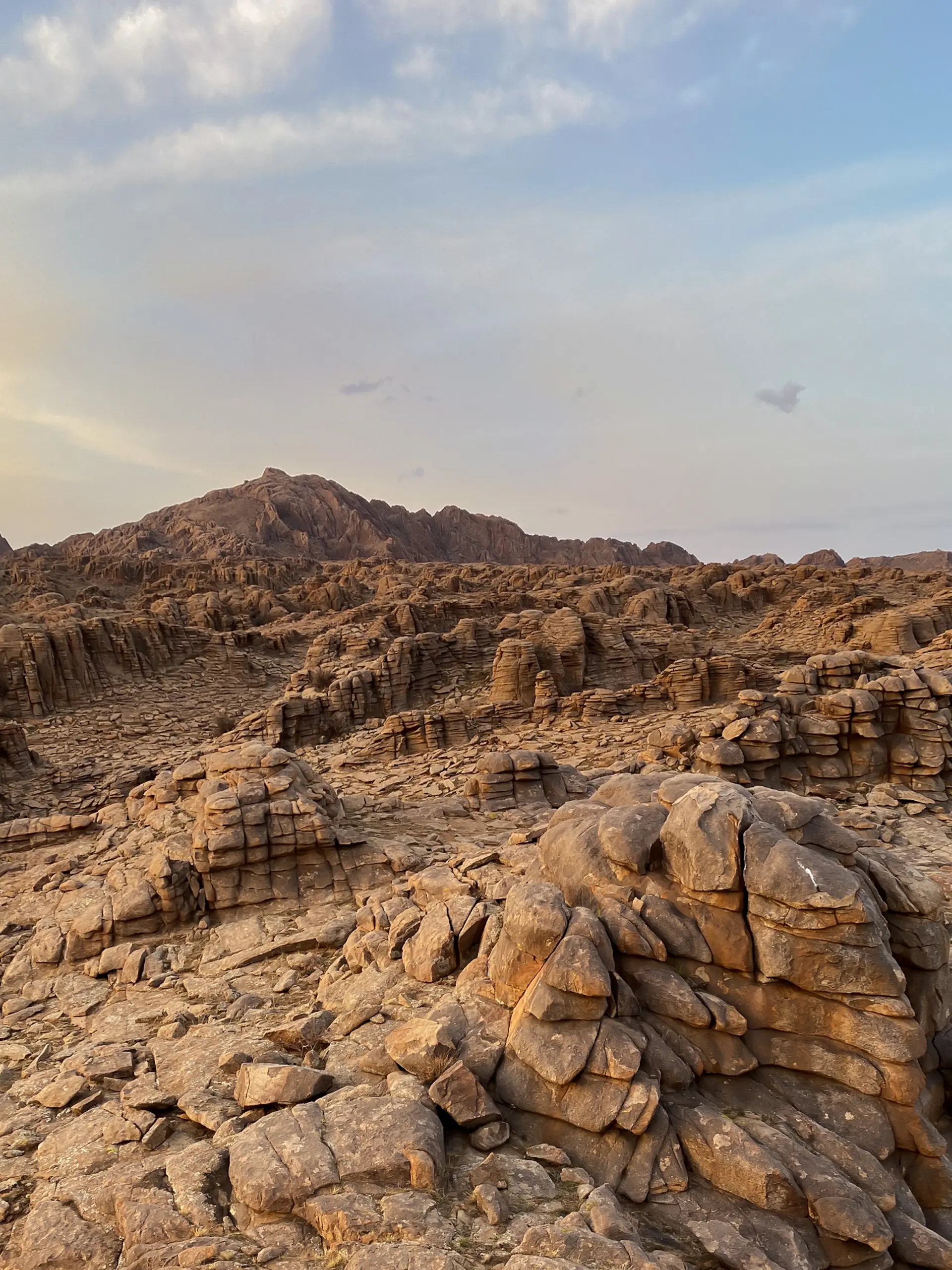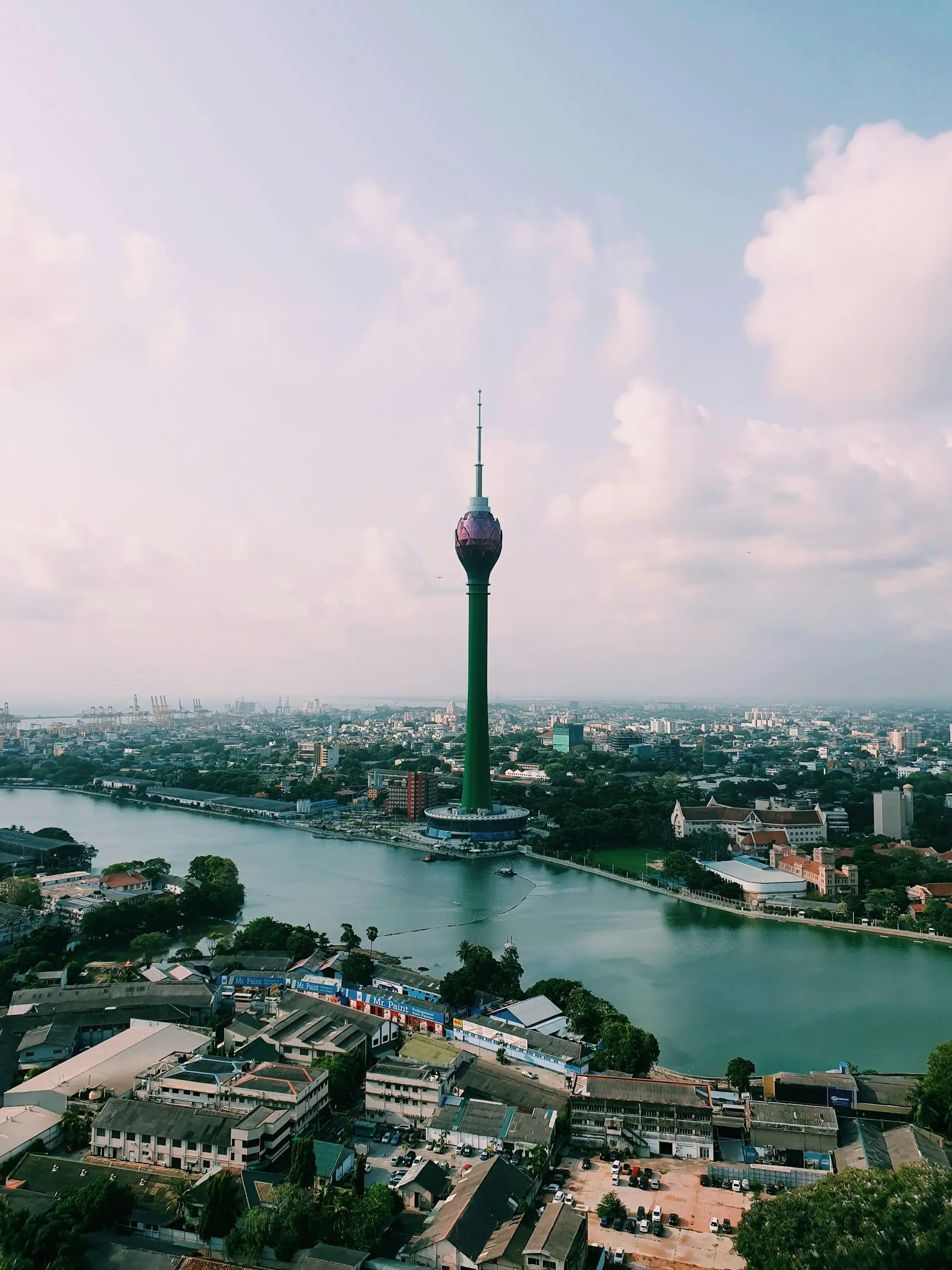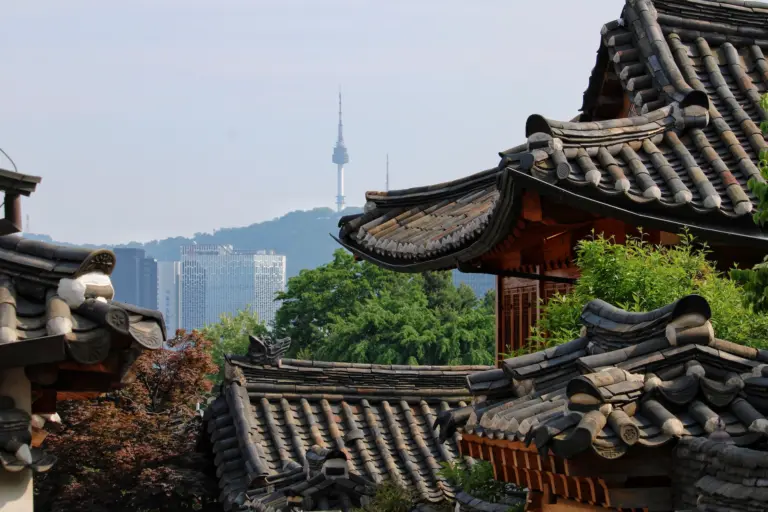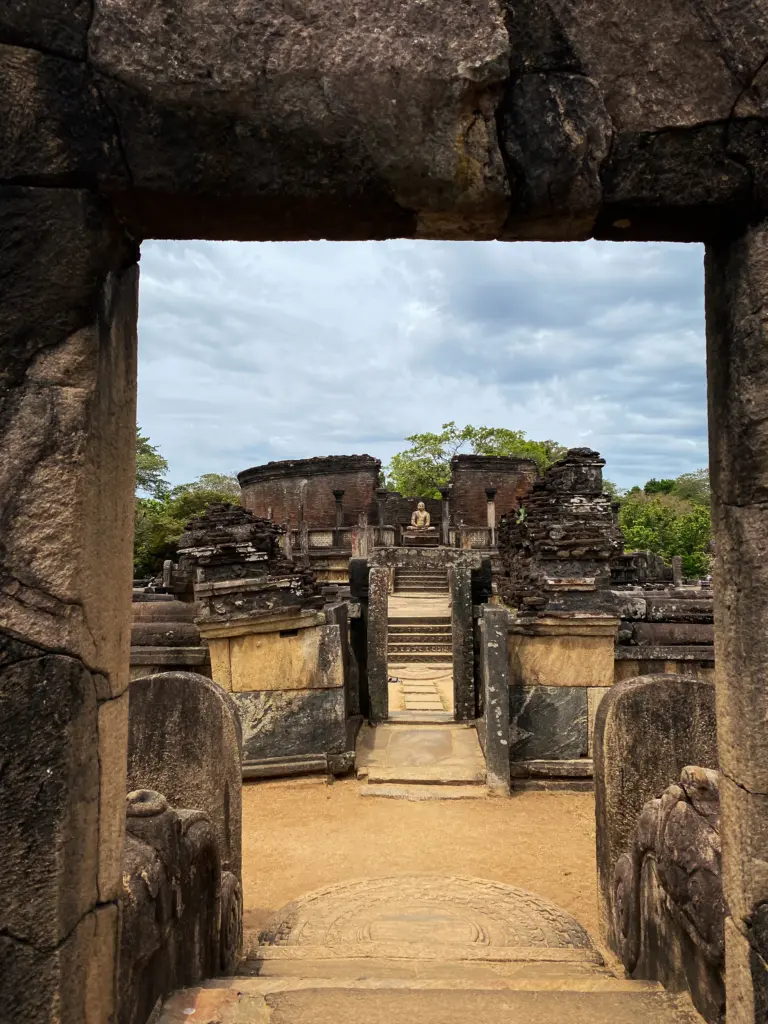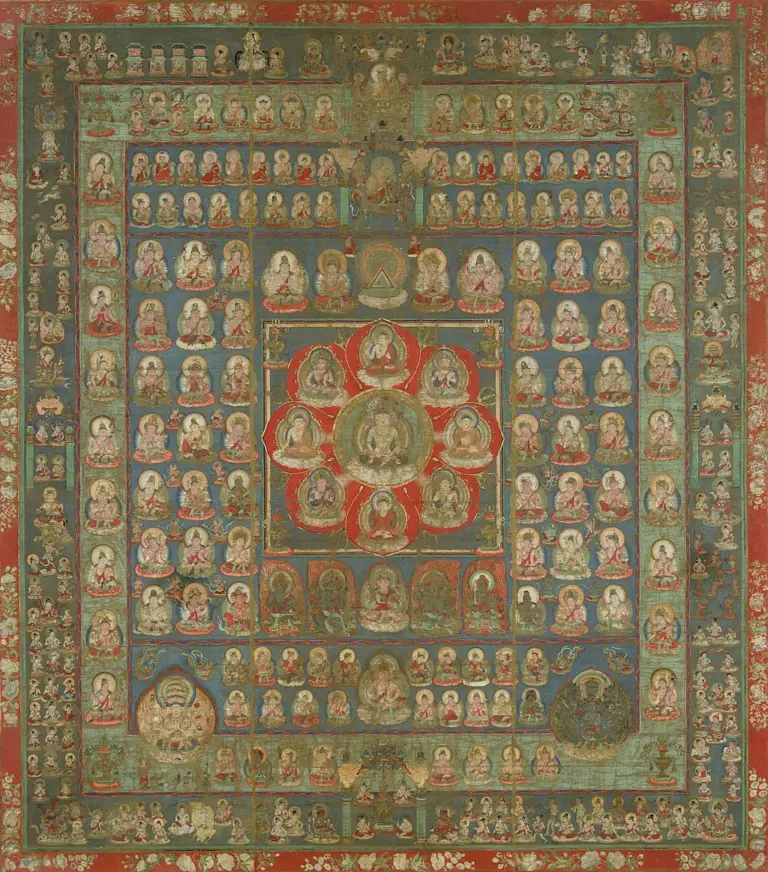Chakras are energy centers that are believed to exist within the subtle body of every human being. The word “chakra” comes from the Sanskrit language and translates to “wheel.”
The concept of chakras originated in ancient Indian spirituality and is a fundamental part of practices like yoga and meditation.
However, the concept of energy centers is not limited to Indian spirituality.
Similar energy centers can be found in other forms of spiritual traditions including Taoism and Traditional Chinese Medicine.
For example, in the meridian system used in acupuncture, there are also energy channels or pathways through which vital energy or “Qi” flows through the body.
Anyways, just thought it would be interesting to share, but back to the chakras!
Let’s go through this fascinating energy system and how to balance them one by one below!
Table of Contents
ToggleWhat are the Seven Chakras?
Having both Buddhist and Hindu origins, according to the ancient Indian systems of yoga and Ayurveda, there are seven major chakras located along the central channel of the subtle body. The seven chakras are the root, sacral, solar plexus, heart, throat, third eye, and crown chakra.
Each chakra is associated with a specific location, color, element, and sound, and is linked to certain physical organs and functions, as well as emotional and spiritual aspects of our very being.
The seven chakras are believed to work together to maintain the overall balance and harmony of the subtle body, and any imbalances or blockages in these energy centers can lead to physical, emotional, or spiritual disharmony.
Therefore, learning how to balance and activate the chakras can be a powerful tool for achieving greater health and well-being, and for deepening our spiritual practice.

1. Root Chakra (Muladhara)
The Root Chakra, or Muladhara in Sanskrit, is the first of the seven primary chakras and is located at the base of the spine, near the tailbone. It is often associated with the color red, symbolizing passion, strength, and energy.
The Root Chakra is also associated with the Kundalini energy, which is often described as a dormant serpent coiled at the base of the spine. When awakened, the Kundalini energy rises up through the chakras, leading to spiritual awakening and enlightenment.
The Root Chakra is considered the foundation of the chakra system and is primarily associated with the element of earth which represents the grounding and stability necessary for the other chakras to function properly.
Physically, the Root Chakra is associated with the legs, feet, and lower spine. It governs the lower body, including the bladder and the colon, and is responsible for maintaining the body’s physical energy, strength, and vitality. The chakra is also associated with the sense of smell and the sense of touch, which are considered the most primal senses.
Emotionally, the Root Chakra governs feelings of safety, security, and survival. It is associated with the fight-or-flight response and the primal instincts that are necessary for human survival.
When the root chakra is balanced and flowing freely, we can experience a sense of grounding, stability, and security in our lives. We feel connected to our physical bodies and the natural world around us, and we have a strong sense of self-preservation and the ability to meet our basic needs.
What Happens when the Root Chakra is Imbalanced?
When the root chakra is blocked or imbalanced, we may experience feelings of insecurity, anxiety, and a lack of purpose or direction in life. Physical symptoms can also manifest, such as lower back pain or problems with the digestive system.
How to Balance the Root Chakra
There are various methods for balancing the Root Chakra, including meditation, reiki, mudras, and yoga poses such as the mountain pose or warrior I. Practices that involve grounding and connecting with the earth, such as spending time in nature or practicing earthing, can also be helpful. Additionally, incorporating red foods and gemstones, such as red jasper and garnet, into one’s diet and surroundings can help balance the Root Chakra.

The Root Chakra at a Glance
- Sanskrit Meaning: Muladhara “Root of Existence”
- Element: Earth
- Color: Red
- Sound: Lam
- Location: Base of the spine, at the tailbone
- Associated Gland/Organ: Adrenal glands
- Mantra: “I have”
- Symbol: Four-petaled lotus with a square in the center
- Crystal: Red Jasper, Hematite, Garnet
- Yoga Pose: Tadasana (Mountain Pose), Malasana (Garland Pose), Virabhadrasana I (Warrior I Pose)
- Earth’s Root Chakra: Mount Shasta, California (As a travel blog, I only found it fitting to also share our own planet’s chakra centers, if you’re a spiritual traveler, go ahead and make your way to these places to feel that energy!)

2. Sacral Chakra (Svadhisthana)
The sacral chakra is the second chakra in the body’s energy system. It is located just below the navel and is associated with the color orange. The sacral chakra is considered the center of creativity, pleasure, and sensuality.
The sacral chakra is closely linked to the water element, and as such, it governs the flow of emotions, creativity, and sexuality. It is said to be the seat of the unconscious mind and is associated with the sense of taste. When the sacral chakra is balanced, we experience a sense of abundance, creativity, and pleasure. We find comfort with our sexuality and are able to express ourselves freely.
What Happens when the Sacral Chakra is Imbalanced?
When the sacral chakra is blocked or imbalanced, we may experience a range of physical and emotional symptoms. These may include low libido, fertility issues, menstrual problems, urinary tract infections, lower back pain, and issues with the bladder or kidneys. Emotionally, we may struggle with feelings of guilt, shame, or lack of self-worth. We may also feel creatively blocked, unable to express ourselves fully or find pleasure in our lives.
How to Balance the Sacral Chakra
To balance the sacral chakra, we can engage in activities that promote creativity, such as painting, dancing, or writing. We can also engage in sensual activities that bring pleasure, such as taking a warm bath, enjoying a delicious meal, or spending time in nature. Butterfly Pose, also known as Baddha Konasana, is a great yoga pose for balancing the sacral chakra. This pose involves sitting with the soles of your feet touching and gently pressing your knees towards the ground, which helps to open up the hips and release tension in the lower abdomen.
The sacral chakra is also associated with the ability to form healthy emotional connections with others. When the sacral chakra is balanced, we are able to form intimate relationships based on mutual respect and trust. We are also able to establish healthy boundaries and express our needs and desires in a clear and respectful manner.

The Sacral Chakra at a Glance
- Sanskrit Meaning: Svadhisthana “Dwelling Place of the Self”
- Element: Water
- Color: Orange
- Sound: Vam
- Location: Lower abdomen, just below the navel
- Associated Gland/Organ: Ovaries/Testes
- Mantra: “I feel”
- Symbol: Six-petaled lotus with a crescent moon
- Crystal: Carnelian, orange calcite, moonstone
- Yoga Pose: Baddha Konasana (Butterfly Pose), Upavistha Konasana (Wide-Angle Seated Forward Bend), Svarga Dvijasana (Bird of Paradise Pose)
- Earth’s Sacral Chakra: Lake Titicaca between Peru and Bolivia

3. Solar Plexus Chakra (Manipura)
The Solar Plexus chakra is the third chakra in the body’s energy system. It is located in the upper abdomen and is associated with the color yellow. The Solar Plexus chakra is considered the center of personal power, willpower, and self-esteem.
The Solar Plexus chakra is closely linked to the element of fire, and as such, it governs the digestive system, metabolism, and body temperature. It is said to be the seat of the conscious mind and is associated with the sense of sight in the context of how we perceive ourselves and our surroundings (different from the Third Eye chakra’s sight)
The Solar Plexus chakra is also associated with the ability to establish healthy boundaries and maintain a strong sense of self. When the Solar Plexus chakra is balanced, we experience a sense of personal power, self-esteem, and confidence. We are able to assert ourselves and make decisions with clarity and confidence.
What Happens when the Solar Plexus Chakra is Imbalanced?
When the Solar Plexus chakra is blocked or imbalanced, we may experience a range of physical and emotional symptoms. These may include digestive issues, eating disorders, adrenal fatigue, chronic fatigue, and autoimmune disorders. Emotionally, we may struggle with feelings of insecurity, low self-esteem, and a lack of confidence. We may also find it difficult to make decisions or assert ourselves in our relationships or careers.
How to Balance the Solar Plexus Chakra
To balance the Solar Plexus chakra, we can engage in activities that promote personal power and confidence, such as setting and achieving goals, practicing assertiveness, and engaging in activities that require physical strength and endurance. Yoga postures that stimulate the abdominal area, such as boat pose or upward facing dog, can also help to open and balance the Solar Plexus chakra.

The Solar Plexus Chakra at a Glance
- Sanskrit Meaning: Manipura (City of Jewels)
- Element: Fire
- Color: Yellow
- Sound: Ram
- Location: Upper abdomen, above the navel
- Associated Gland/Organ: Pancreas
- Mantra: “I can”
- Symbol: Ten-petaled lotus with an inverted triangle
- Crystal: Citrine, yellow topaz, golden calcite
- Yoga Pose: Navasana (Boat Pose)
- Earth’s Solar Plexus Chakra: Uluru (Ayers Rock), Australia

4. Heart Chakra (Anahata)
The heart chakra, also known as the fourth chakra, is closely linked to the air element, and as such, it governs the breath, the lungs, and the circulation of blood in the body. It is said to be the bridge between the lower three chakras, which govern our physical needs, and the upper three chakras, which govern our spiritual needs.
When the heart chakra is balanced, we experience a sense of love, compassion, and empathy for others. We are able to form meaningful connections with those around them and are often described as kind and caring.
What Happens when the Heart Chakra is Imbalanced?
When the heart chakra is blocked or imbalanced, we may experience a range of physical and emotional symptoms. These may include heart disease, asthma, high blood pressure, and respiratory issues. Emotionally, we may struggle with feelings of loneliness, isolation, or lack of connection with others. We may also have difficulty expressing our emotions or forming meaningful relationships.
How to Balance the Heart Chakra
To balance the heart chakra, we can engage in activities that promote love and connection, such as spending time with loved ones, practicing gratitude, or volunteering in our community. We can also practice heart-opening yoga postures, such as camel pose or cobra pose, which help to open and activate the heart chakra.
The heart chakra is also associated with the ability to forgive and let go of past hurts. When the heart chakra is balanced, we are able to forgive ourselves and others and release negative emotions that may be holding them back. We are also able to cultivate self-love and acceptance, which is essential for a healthy and balanced heart chakra.


The Heart Chakra at a Glance
- Sanskrit Meaning: Anahata (Unhurt, Unstruck, and Unbeaten)
- Element: Air
- Color: Green
- Sound: Yam
- Location: Center of the chest, at the heart level
- Associated Gland/Organ: Thymus gland, heart, lungs, and circulatory system
- Mantra: “I love”
- Symbol: Twelve-petaled lotus surrounded by two intersecting triangles
- Crystal: Rose Quartz, Green Aventurine
- Yoga Poses: Ustrasana (Camel Pose), Matsyasana (Fish Pose)
- Earth’s Heart Chakra Location: Glastonbury, England including Stonehenge

5. Throat Chakra (Vishuddha)
The throat chakra is the fifth chakra in the body’s energy system. It is located at the center of the neck and is associated with the color blue. The throat chakra is considered the center of communication, self-expression, and truth.
The throat chakra is closely linked to the element of ether, which represents the space and energy that connects all things. As such, it governs the ability to express oneself clearly and authentically, as well as the ability to listen deeply and communicate effectively. When the throat chakra is balanced, we are able to listen with an open mind and heart, and to communicate in a way that is clear, respectful, and compassionate. We are able to express ourselves authentically and confidently, while also being receptive to the needs and perspectives of others.
What Happens when the Throat Chakra is Imbalanced?
When the throat chakra is blocked or imbalanced, we may experience a range of physical and emotional symptoms. These may include sore throats, neck pain, thyroid issues, ear infections, communication problems, and difficulty expressing oneself. Emotionally, we may struggle with feelings of insecurity, fear of judgment, and a lack of confidence in our ability to communicate effectively.
How to Balance the Throat Chakra
To balance the throat chakra, we can engage in activities that promote self-expression and clear communication. We can speak our truth and share our thoughts and feelings honestly and openly with others. Singing, chanting, or humming can also help to stimulate and balance the throat chakra. Yoga postures that stretch and open the neck, such as fish pose or plow pose, can also be beneficial.
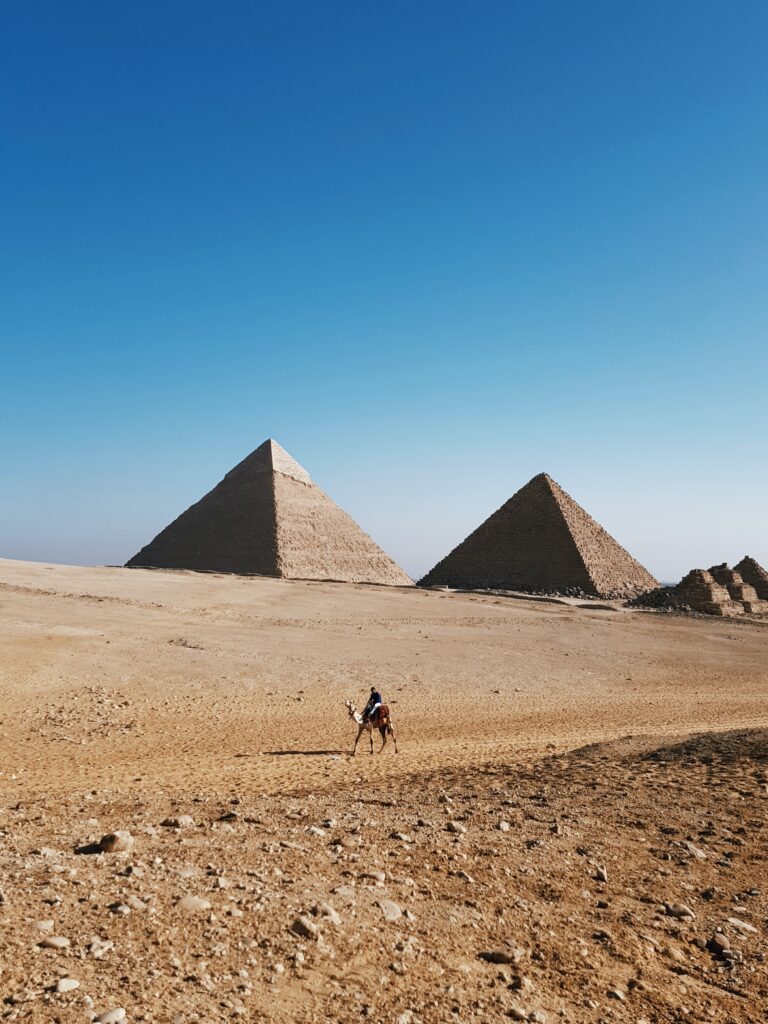

The Throat Chakra at a Glance
- Sanskrit Meaning: Vishuddha (Purification)
- Element: Ether
- Color: Blue
- Sound: Ham
- Location: Throat region, near the thyroid gland
- Associated Gland/Organ: Thyroid gland, parathyroid glands, hypothalamus, throat, mouth, and cervical spine
- Mantra: “I speak”
- Symbol: Sixteen-petaled lotus
- Crystal: Blue Lace Agate, Lapis Lazuli
- Yoga Poses: Halasana (Plow Pose), Setu Bandhasana (Bridge Pose)
- Earth’s Throat Chakra Location: Giza Pyramids, Egypt and Mount of Olives, Jerusalem

6. Third Eye Chakra (Ajna)
The third eye chakra is the sixth chakra in the body’s energy system. It is located in the center of the forehead, just above the eyebrows, and is associated with the color indigo. The third eye chakra is considered the center of intuition, wisdom, and spiritual insight.
The third eye chakra is closely linked to the element of light, and as such, it governs our ability to see beyond the physical world and into the realm of spiritual awareness. It is said to be the seat of our inner vision and is associated with the sense of sight.
When the third eye chakra is balanced, we experience a sense of clarity, insight, and spiritual awareness. We are able to trust our intuition and make decisions based on our inner wisdom.
What Happens when the Third Eye Chakra is Imbalanced?
When the third eye chakra is blocked or imbalanced, we may experience a range of physical and emotional symptoms. These may include headaches, vision problems, sinus issues, anxiety, and insomnia. Emotionally, we may struggle with feelings of confusion, lack of direction, or inability to trust our intuition.
How to Balance the Third Eye Chakra
To balance the third eye chakra, we can engage in activities that promote spiritual awareness, such as meditation, visualization, or prayer. We can also practice mindfulness and pay attention to our intuition, trusting the insights that come to them. Yoga postures that stimulate the third eye chakra, such as child’s pose or downward facing dog, can also help to open and balance this energy center.
The third eye chakra is also associated with the ability to connect with the divine and access higher states of consciousness. When the third eye chakra is balanced, we are able to tap into our spiritual gifts and connect with our inner guidance. We are also able to see beyond the physical world and into the realm of higher consciousness.
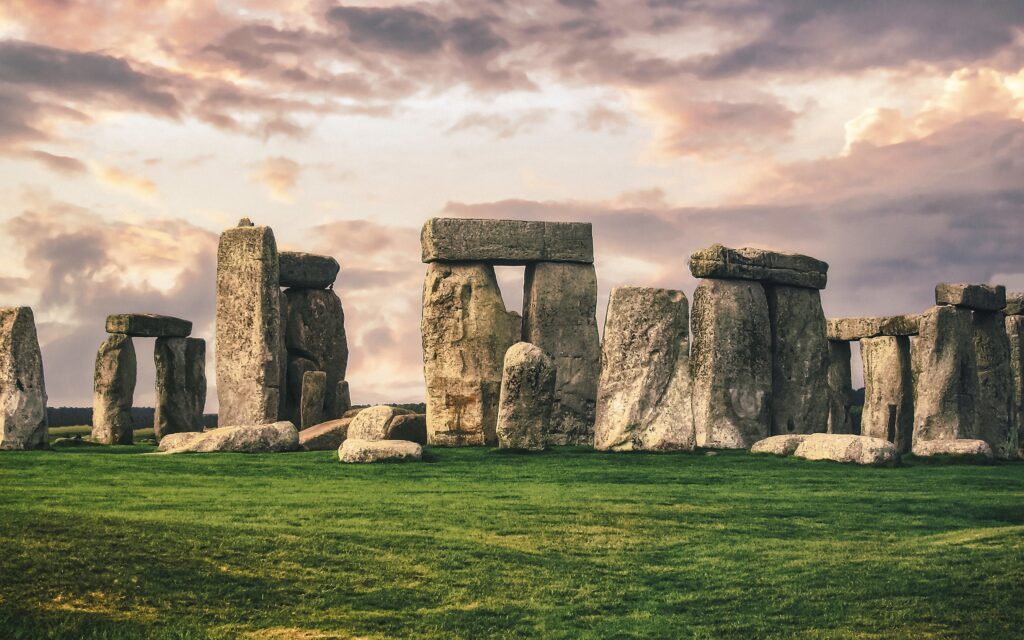
The Third Eye Chakra at a Glance
- Sanskrit Meaning: Ajna (Command, Perceive)
- Element: Light
- Color: Indigo
- Sound: Aum/Om
- Location: Between the eyebrows, just above the bridge of the nose
- Associated Gland/Organ: Pineal gland, brain, nervous system
- Mantra: “I see”
- Symbol: Two-petaled lotus with a downward triangle in the center
- Crystal: Amethyst, Lapis Lazuli, Sodalite
- Yoga Poses: Balasana (Child’s Pose), Shavasana (Corpse Pose)
- Earth’s Third Eye Chakra Location: Depends on the aeon (every 2,160 years) but it is also currently in Glastonbury or Stonehenge area

7. Crown Chakra
The crown chakra is the seventh and highest chakra in the body’s energy system. It is located at the crown of the head and is associated with the color violet or white. The crown chakra is considered the center of spirituality, consciousness, and enlightenment.
The crown chakra is closely linked to the element of thought and represents the ability to transcend beyond the physical world. It is said to be the gateway to the divine and the source of one’s connection to the universe.
When the crown chakra is balanced, we experience a sense of oneness with the world around them, a deep connection to our higher self, and a heightened sense of spiritual awareness.
What Happens when the Crown Chakra is Imbalanced?
When the crown chakra is blocked or imbalanced, we may experience a range of physical and emotional symptoms. These may include headaches, confusion, depression, anxiety, and a feeling of disconnection from the world around them. We may also struggle with a sense of purpose or direction in life.
How to Balance the Crown Chakra
To balance the crown chakra, we can engage in activities that promote spiritual awareness, such as meditation, prayer, or mindfulness practices. We can also spend time in nature, contemplate the mysteries of the universe, or engage in creative pursuits that inspire a sense of wonder and awe.
The crown chakra is also associated with the concept of surrender, the ability to let go of ego and trust in a higher power. When the crown chakra is balanced, we are able to let go of our need for control and allow the universe to guide them towards our highest good. We are also able to embrace a sense of interconnectedness with all things, recognizing that everything in the universe is connected and part of the same divine energy.

The Crown Chakra at a Glance
- Sanskrit Meaning: Sahasrara (Thousand-petaled)
- Element: Consciousness, Cosmic Energy
- Color: Violet
- Sound: Aum/Om (Same with the Third Eye Chakra)
- Location: Top of the head
- Associated Gland/Organ: Pituitary gland, upper brain, cerebral cortex
- Mantra: “I understand”
- Symbol: Thousand-petaled lotus
- Crystal: Clear Quartz, Amethyst, Selenite
- Yoga Poses: Padmasana (Lotus Pose), Ardha Padmasana (Half Lotus Pose), Sirsasana (Headstand)
- Earth’s Crown Chakra Location: Mount Kailash, Tibet

